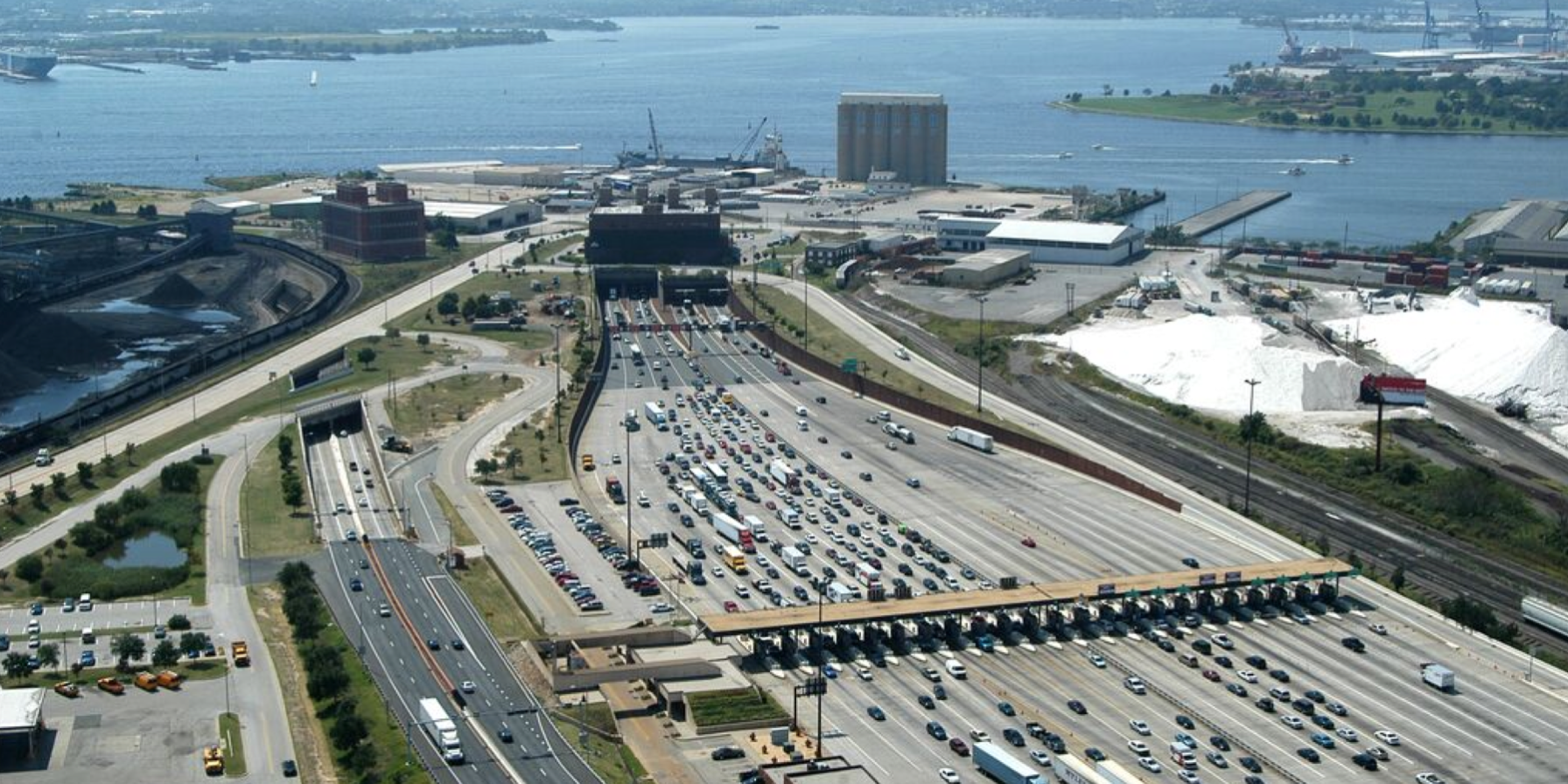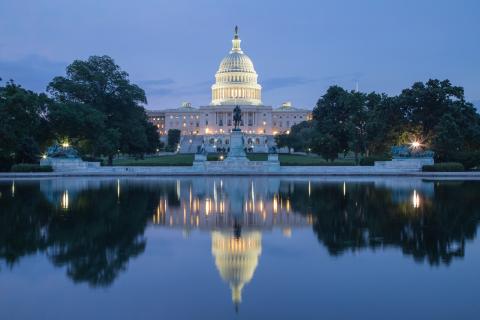- Home
- IBTTA Insights
- Traffic Volume Sets U.S. Record, But Can Gas Tax Revenue Keep Up?
Stories
Traffic Volume Sets U.S. Record, But Can Gas Tax Revenue Keep Up?


3.148 trillion miles.
It’s like driving the distance from Earth to Pluto and back. 337 times.
And it’s the total distance United States drivers logged on the nation’s roadways in 2015, according to the Federal Highway Administration’s Traffic Volume Trends report, shattering the record 3.003 trillion miles Americans drove in 2007.
The report also contained seasonally-adjusted data for December 2015. At 268.5 billion vehicle miles travelled, the last month of the year was another record-setter.
Highway Investments Are Needed Now
The FHWA release connected the latest mobility data directly to the $226 billion over five years the U.S. Congress authorized late last year for highway infrastructure spending. The data highlighted “the growing demands facing the nation’s roads,” the agency noted, and reaffirmed “the value of the recently-enacted Fixing America’s Surface Transportation (FAST) Act.”
The numbers are good news for anyone who recognizes highway mobility as one of the most important building blocks of a strong economy and prosperous communities.
They underscore the importance of the manufacturing, wholesale distribution, retailing, and e-commerce operations that are expected to contribute to a 43% increase in highway freight volumes between 2012 and 2045, according to the U.S. Department of Transportation’s Beyond Traffic report.
It is also welcome news for highway operators whose financing arrangements are based on the growth projections in long-term traffic and revenue studies.
But record highway demand doesn’t necessarily translate into increased revenue to pay for the additional wear and tear it creates. So if the first step in getting out of a hole is to stop digging, FHWA’s announcement should set highway operators and funders off in search of a new batch of shovels.
Highway Revenue Models Are (Still) Broken
Gas taxes still make an incredibly important contribution to state and federal highway infrastructure budgets. But even if the federal gas tax, in particular, hadn’t been eroded by inflation in the 23 years since it was last increased, it would still be tough for this familiar, tried, and true highway funding method to keep up.
In a release the day after the FHWA announcement, the U.S. Energy Information Administration pointed to some of the familiar factors that contribute to increased mobility, like lower gasoline prices and increases in employment and disposable income. And it reported roughly the same increase in traffic volume as the FHWA, with one all-important addition.
“Vehicle travel in the United States in 2015 was almost 4% above its 2007 level, but motor gasoline consumption has not exceeded its previous peak,” the EIA stated. “Improvements in light-duty vehicle fuel economy are largely responsible for this outcome.”
Which creates an immediate disconnect between highway users’ immediate and longer-term interests.
Nobody objects to getting more distance out of a tank of gas.
But drivers also need and expect a level of highway repairs and maintenance that keeps their highways safe and reliable. If wear and tear is on the rise while gas revenues continue to lose ground, nobody wins…except when legislators commit to a wider mix of funding options.
Highways That Work
The increase in traffic volumes is also showing up on America’s toll roads. (Watch this space for details.) With nearly 6,000 miles of roadways in 35 states, and nearly six dozen managed lanes in operation or under development, tolling helps millions of Americans deal with congestion, every single day.
No single funding mechanism is right for every road, and tolling agencies support the call for adequate gas tax revenues for general purpose highways. But the EIA report is just the latest proof that America needs a mix of solutions. And tolling has a long proven record as one solution to greater mobility.
Register before it’s too late! For more on highway policy and finance, attend IBTTA’s 2016 Transportation Policy and Finance Summit, March 13-15, 2016 in Washington, DC.

Joining IBTTA connects you to a global community of transportation professionals, offering unmatched opportunities for networking, knowledge-sharing, and collaborative innovation in the tolling and transportation sector.
Follow IBTTA on social media for real-time updates on transportation trends and collaborative opportunities.





